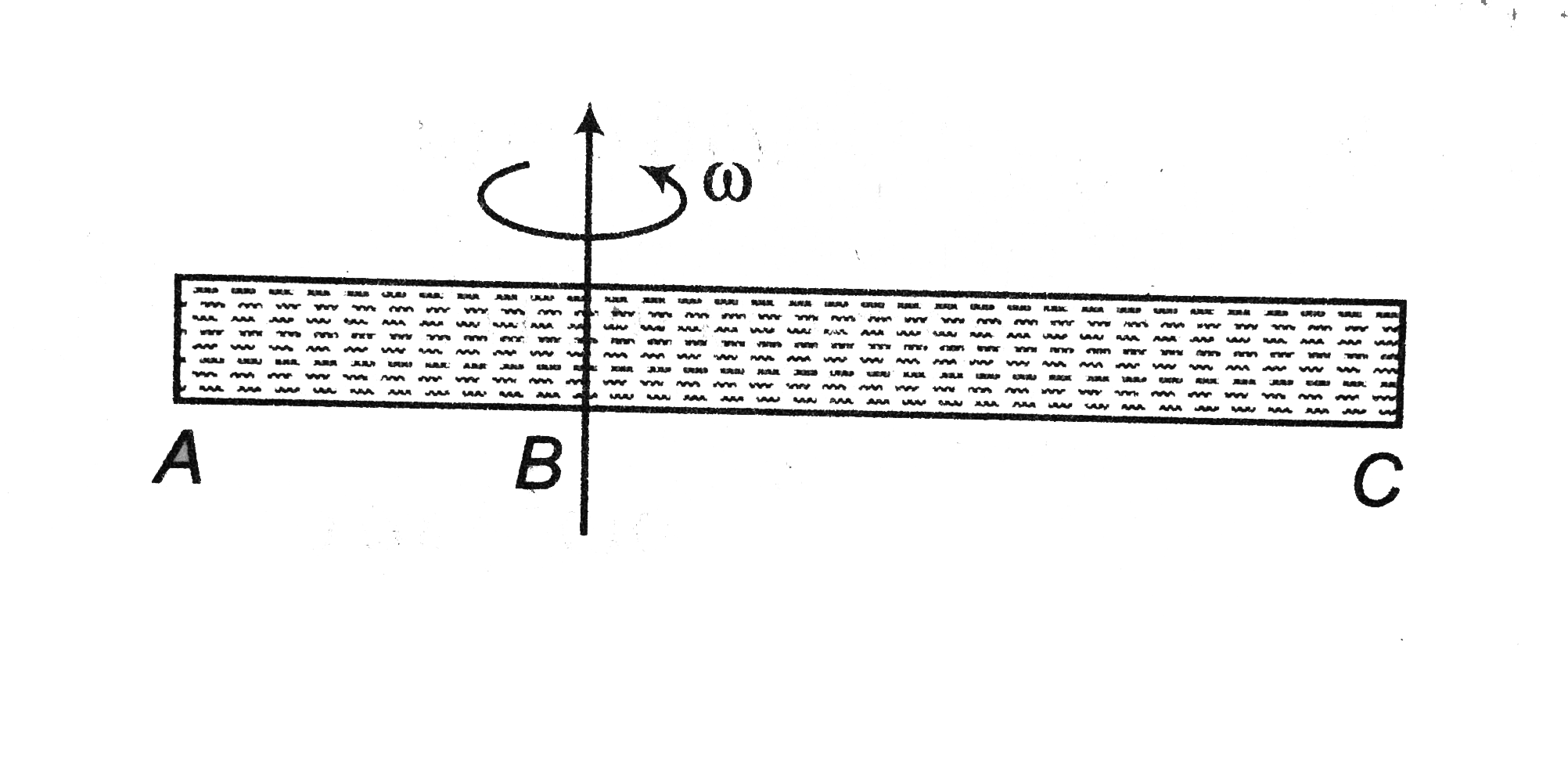A beam of plane polarised light falls normally on a polariser (cross sectional area 3×10−4m2) which rotates about the axis of the ray with an angular velocity of 31.4rad/s. Find the energy of light passing through polariser per revolution and the intensity of emergent beam, if flux of energy of the incident ray is 10−3W.
Here, cross sectional area of the polariser,
A=3×10−4m2
Angular velocity of polariser, ω=3.14rad/s.
Flux of energy of incident ray =10−3W
∴ Intensity of incident light,
I0=flux of energyArea=10−33×10−4W/m2
Intensity of emergrnt polarised light,
I=I02=10−32×3×10−4=53W/m2
Energy of the light passing through the polariser per revolution W=I×A×T=I×A×2πω
=53×3×10−4×2×3.143.14=10−4J
Topper's Solved these Questions
- OPTICSBook:PRADEEPChapter:OPTICSExercise:Very short answer question
Explore 5 Videos
- OPTICSBook:PRADEEPChapter:OPTICSExercise:very short answer questions
Explore 1 Video
- MAGNETIC EFFECT OF CURRENT AND MAGNETISMBook:PRADEEPChapter:MAGNETIC EFFECT OF CURRENT AND MAGNETISMExercise:Competition Focus (Multiple Choice Questions)
Explore 2 Videos
Similar Questions
A beam of plane polarised falls normally on a polariser (cross section area 3×10−4,2) Find the energy of light pssing through the polariser per revolution and the intensisty of the emergent beam if the flux of energy of the incident ray is 10−3W.
View SolutionA beam of plane-polarized light falls on a polarizer which rotates about the axis of the ray with angular velocity ω=21rad/s. Find the energy of light passing through the Polarizer per one revolution if the flux of energy of the incident ray is equal to Φ0=4.0mW.
View Solution
Knowledge Check
A beam of unpolarised light having flux 10−2 watt falls normally on a polariser of cross sectional area 3×10−4m2. The polariser rotates with an angular frequency of π rad/s. The energy of liggt passing through the polariser per revolution will be
A10−4 jouleB10−3 jouleC10−2 jouleD10−1 jouleA beam of plane polarized light falls normally on a polarizer of cross sectional area 3×10−4m2. Flux of energy of incident ray in 10−3W. The polarizer rotates with an angular frequency of 31.4rad/sec. The energy of light passing through the polarizer per revolution will be
A10−7JouleB10−3JouleC10−2 JouleD10−1 JouleA beam of plane polarized light having flux 10−3 Watt falls normally on polarizer of cross sectional area 3x10^(-4) m^2. Polarizer rotates with angular frequency of 31.4 rad/s. Energy of light passes through the polarizer per resolution will be
A10−4JB10−3JC10−2JD10−1J
A beam of plane polarised light of large cross - sectional area and uniform intensity of 3.3Wm−2 falls normally on a polarises (cross sectional are 3×10−4m2 ) which rotates about its axis with an angular speed of 31.4 rad/s . The energy of light passing through the polariser per revolution , is close to :
View Solution
A rod of mass 2 kg ad length 2 m is rotating about its one end O wth an angular velocity ω=4rad/s. Find angular momentum of the rod about the axis rotation.
View SolutionA closed tube is filled with

AB=2m
BC=4cm
water (ρ=103kg/m3). It rotating about an axis shown in figure with an angular velocity ω=2rad/s. Find, pA−pC.
View SolutionA spherical solid ball of 1 kg mass and radius 3 cm is rotating about an axis passing through its centre with an angular velocity of 50 rad s−1. The kinetic energy of rotation is
View SolutionA thin uniform copper rod of length l and cross-section area A and mass m rotates uniformly with an angular velocity ω in a horizontal plane about a vertical axis passing through one of its ends. The elongation of the rod will be
View Solution

